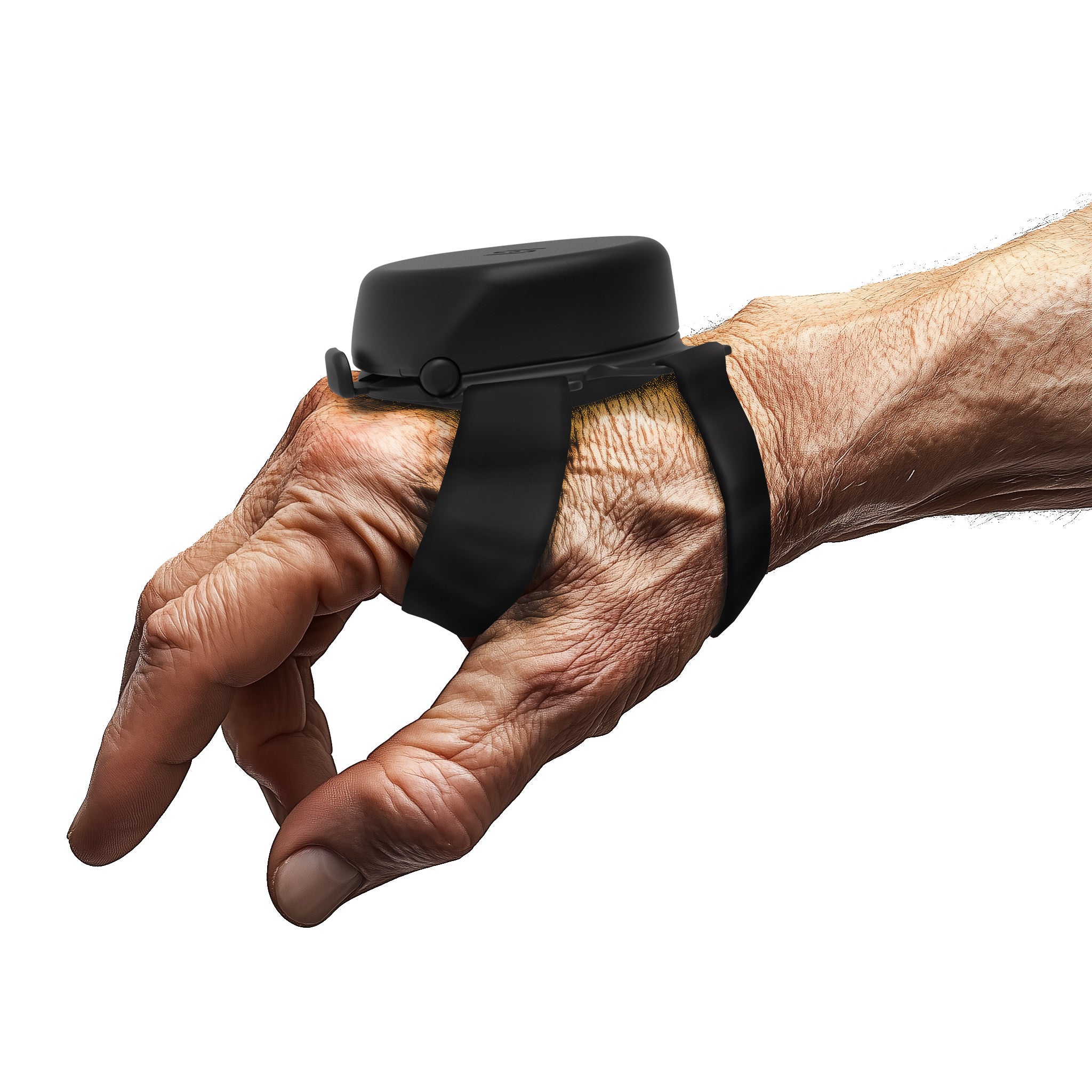Have you ever found yourself asking “Why do my hands shake?” The answer is most probably essential tremors. Several factors define this motor function issue, several things that cause or worsen it, and of course, multiple treatment and coping options. Although we’ve covered this topic before, allow us to expand a little bit more to provide you with a better insight into the essential information about this neurological disorder. So, without further ado, let’s get to explaining.
What is The Definition of Essential Tremors (ET)?
Essential tremor is a neurological condition that results in tremors or repetitive trembling in different body parts. Other names for the illness include familial tremor and benign essential tremor. Although the hands are most frequently impacted, other body parts like the head, legs, voice, and others are also susceptible to tremors. The tremors typically happen when moving voluntarily or when keeping a certain position, and they usually become much worse when the patient is enduring a fair amount of stress, or exhaustion, or after consuming a particular substance like caffeine.
What Are The Known Causes?
Several factors have been deemed to be possible contributing factors to essential tremor, while the specific etiology of the condition is still unknown. There are a few less commonly recognized causes or contributing factors to essential tremors in addition to the generally known ones. They include the following:
-
Environmental Factors:
The surrounding environment may also play a role in the onset or worsening of essential tremor, even though the vast majority of cases are thought to have a hereditary origin. For some people, exposure to specific types of chemicals or contaminants, like lead or industrial solvents, may act as an external cause for the tremors in their bodies. Although the role of environmental factors still requires a bit of research, it has been recognized as a contributing factor in the development of shaky hands and overall tremors.
-
Neurochemical Imbalances:
Essential tremor is believed to be linked to abnormalities in specific neurotransmitters in the brain, including dopamine and gamma-aminobutyric acid, or GABA. Dopamine aids in controlling one's movements and coordination, whereas GABA is an inhibitory neurotransmitter that aids in the regulation of neuronal signal transmission. The onset of essential tremor may be attributed to abnormalities in the stability of these exact neurotransmitters.
-
Abnormal Brain Circuitry:
Essential tremor is thought to be caused by improper operation of certain brain circuits that are in charge of motor control; these abnormalities ultimately result in shaky hands. People who have essential tremors may also have unusual activity or connectivity in the cerebellum, thalamus, and other areas related to motor coordination and motion control.
-
Vascular Factors:
According to research, vascular variables including decreased blood flow or inadequate circulation in specific brain regions may have a role in the beginning or development of hand shaking. More investigation is necessary to completely understand the function that vascular variables play in essential tremor, as their association with it is still unclear, but it's something worth mentioning.
Can Tremors in Hands Be Triggered or Worsened by Certain Factors?
They do indeed! While triggering factors can vary from one person to another, they do exist and you should be aware of them if you have shaky hands. Here are a few prime examples of these factors:
-
Stress and Anxiety:
Hand shaking can frequently be made worse by emotional stress, anxiety, or high-stress situations because stress can trigger the body's sympathetic nervous system, which can intensify tremors. Using stress-reduction strategies, like mindfulness exercises or relaxation exercises, can help control tremors in these circumstances.
-
Fatigue and Insomnia:
Hand shaking may be exacerbated by exhaustion and sleep deprivation. The body may struggle to maintain ideal motor function when it is fatigued or sleep-deprived, which might result in more noticeable hands shaking activity. The severity of tremors can be reduced by getting enough sleep and maintaining proper sleeping habits.
-
Caffeine and Stimulants:
Because it can be found in many common foods and beverages like coffee, tea, energy drinks, and some medications, we often consume large amounts of caffeine without realizing it. However, few of us are aware that for some, caffeine can exacerbate the symptoms of essential tremors. As a stimulant, caffeine can boost excitement in the nervous system, which may amp up tremors. Reducing or eliminating your caffeine intake may help manage the severity of tremors you have.
-
Temperature Extremes:
For certain people, exposure to high temperatures—both hot and cold—can cause or exacerbate hands shaking. While warmer weather can result in weariness and dehydration, which may increase tremors, cold weather can create stiffness in the muscles and enhance the severity of tremors. Reducing tremor activity may be aided by keeping the surroundings at a pleasant and reasonable temperature using a room thermometer.
-
Certain Medications:
For certain people, some medications have the potential to cause or worsen the severity of essential tremors. These might include some antidepressants, tranquilizers, and prescription drugs for asthma. See your healthcare practitioner to discuss other options if you believe that a medicine is causing your tremors.
-
Specific Movements or Positions:
For those who have essential tremors, specific motions or postures might cause or exacerbate tremors. Your tremors can be worsened, for instance, by holding objects at arm's length or carrying out exact tasks that call for delicate motor control. The intensity of a tremor can be managed by recognizing and avoiding particular triggering positions or motions.
Final Thoughts:
Remember that these are all general information, so for any specific advice, consultancy, or diagnosis, make sure to see a professional healthcare provider. There are plenty of natural, chemical, and surgical treatment options available for you, so choose wisely according to your condition and your doctor’s recommendations.



